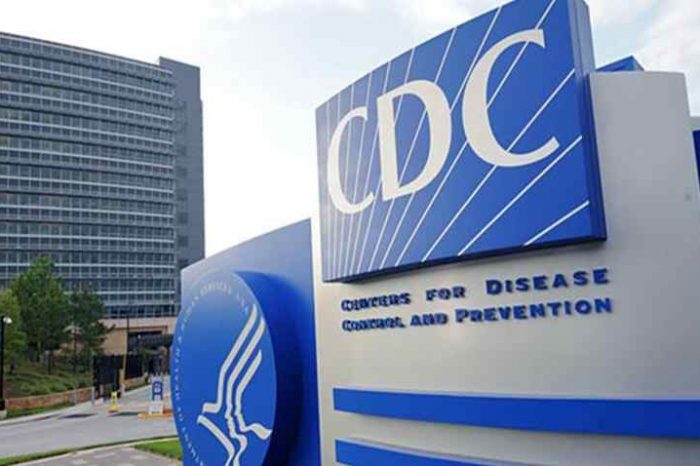A new study from European scientists finds that Hydroxychloroquine is SAFE and does NOT cause heart complications or lethal heart rhythms in COVID-19 patients. The study contradicts previous findings from U.S. scientists

Back in April, the Food and Drug Administration (FDA) warned against taking malaria drugs chloroquine and hydroxychloroquine to treat Covid-19 outside a hospital or formal clinical trial setting after “serious” poisoning and deaths were reported. Now, it turns out it was all a lie. A new study from scientists in Europe finds that Hydroxychloroquine is safe and does NOT cause heart complications or lethal heart rhythms in COVID-19 patients. The study contradicts previous findings from U.S. scientists.
At the time, the FDA said it became aware of reports of “serious heart rhythm problems” in patients with the virus who were treated with malaria drugs, often in combination with antibiotic azithromycin, commonly known as a Z-Pak. It also warned physicians against prescribing the drugs to treat the coronavirus outside of a hospital.
Now a new study contradicts FDA and U.S. scientist’s findings. According to research published today in EP Europace, a journal of the European Society of Cardiology (ESC), scientists found that short-term hydroxychloroquine treatment is not associated with lethal heart rhythms in patients with COVID-19 who are risk assessed prior to receiving the drug. Below is how the team of scientists describe their conclusion:
HCQ administration is safe for a short-term treatment for patients with COVID-19 infection regardless of the clinical setting of delivery, causing only modest QTc prolongation and no directly attributable arrhythmic deaths.
The study author Dr Alessio Gasperetti of Monzino Cardiology Centre, Milan, Italy and University Hospital Zurich, Switzerland, said:
“This was the largest study to assess the risk of dangerous heart rhythms (arrhythmias) in COVID-19 patients treated with hydroxychloroquine. In our cohort, there was a low rate of arrhythmias and none were associated with hydroxychloroquine.”
The study began when there was very little experience using hydroxychloroquine to treat patients with COVID-19. Current evidence suggests that it is ineffective in patients with advanced disease but there is debate around its effectiveness in the early phase.[2,3] This study was not designed to test the effectiveness of hydroxychloroquine in COVID-19 but rather to examine cardiac safety.
As part of the study, a total of 649 COVID-19 patients were enrolled from seven institutions between 10 March and 10 April 2020. The average age was 62 years and 46% were men. A risk calculator was used to assess the likelihood of QT prolongation and decide on the treatment setting. All patients had an ECG before starting treatment and at least one follow-up measurement.
The FDA alone is not the only organization saying that Hydroxychloroquine is not safe. The World Health Organization (WHO) joined the FDA and stopped testing the drug after a Harvard study found patients on hydroxychloroquine were more likely to develop de-novo ventricular arrhythmia, the sudden onset of abnormal beating in the lower chambers of the heart.
Hydroxychloroquine has been used for decades to treat lupus and rheumatoid arthritis and prevent malaria. But the COVID-19 pandemic is the first time the drug has been used in large numbers of acutely ill patients with multiple health conditions and possibly receiving other QT-prolonging drugs. The scale of the pandemic raises the likelihood of inherited heart problems that predispose patients to arrhythmias. In addition, changes in blood electrolytes, which can trigger arrhythmias, can occur in those needing treatment in an intensive care unit (ICU).
This study was conducted to assess ECG changes and arrhythmias in COVID-19 patients treated with hydroxychloroquine in different clinical settings. In all centers, patients took 200 mg hydroxychloroquine twice a day (i.e. a total of 400 mg per day). More than half of patients (58.6%) took a loading dose on the first day, meaning they received 400 mg twice on that day (i.e. a total of 800 mg).

